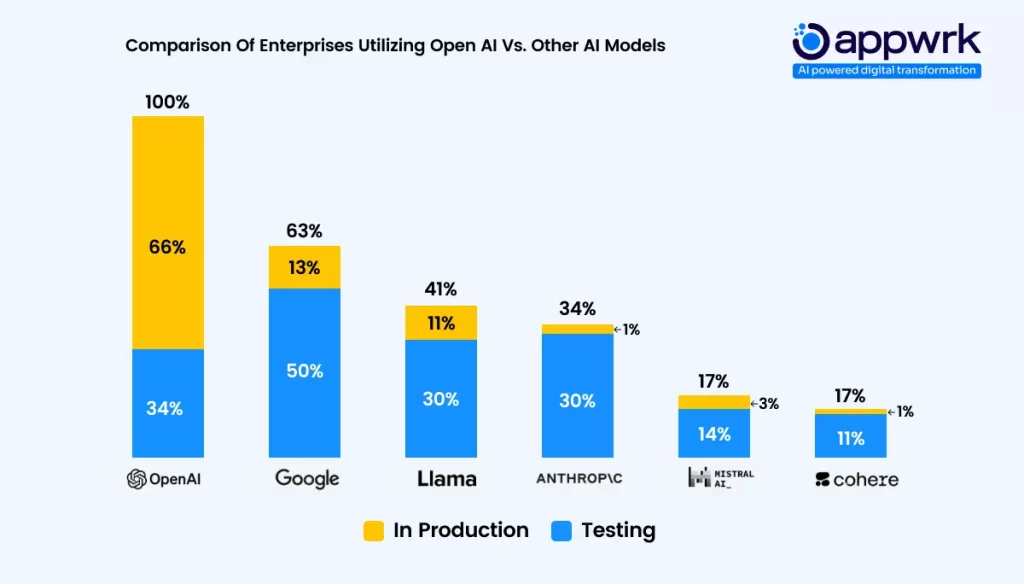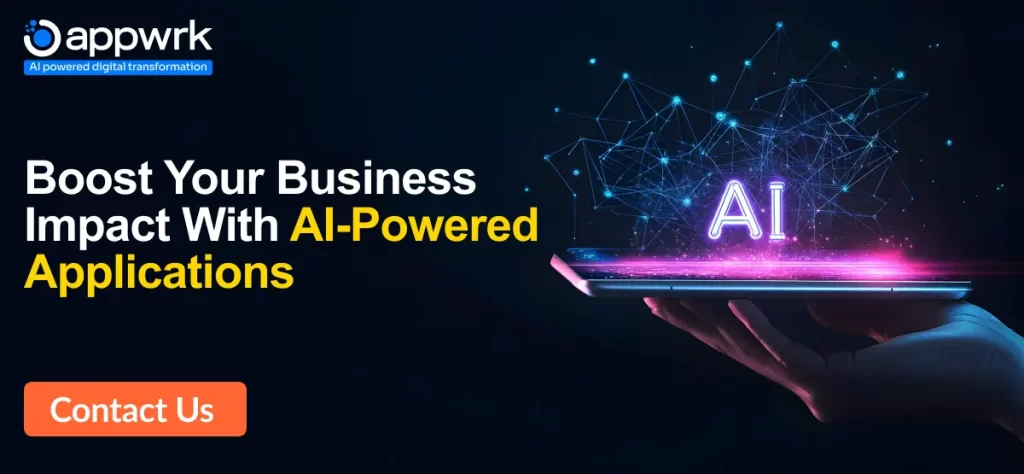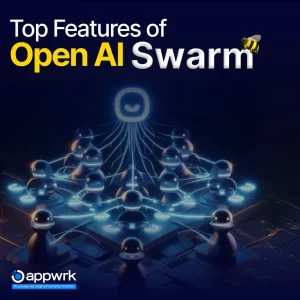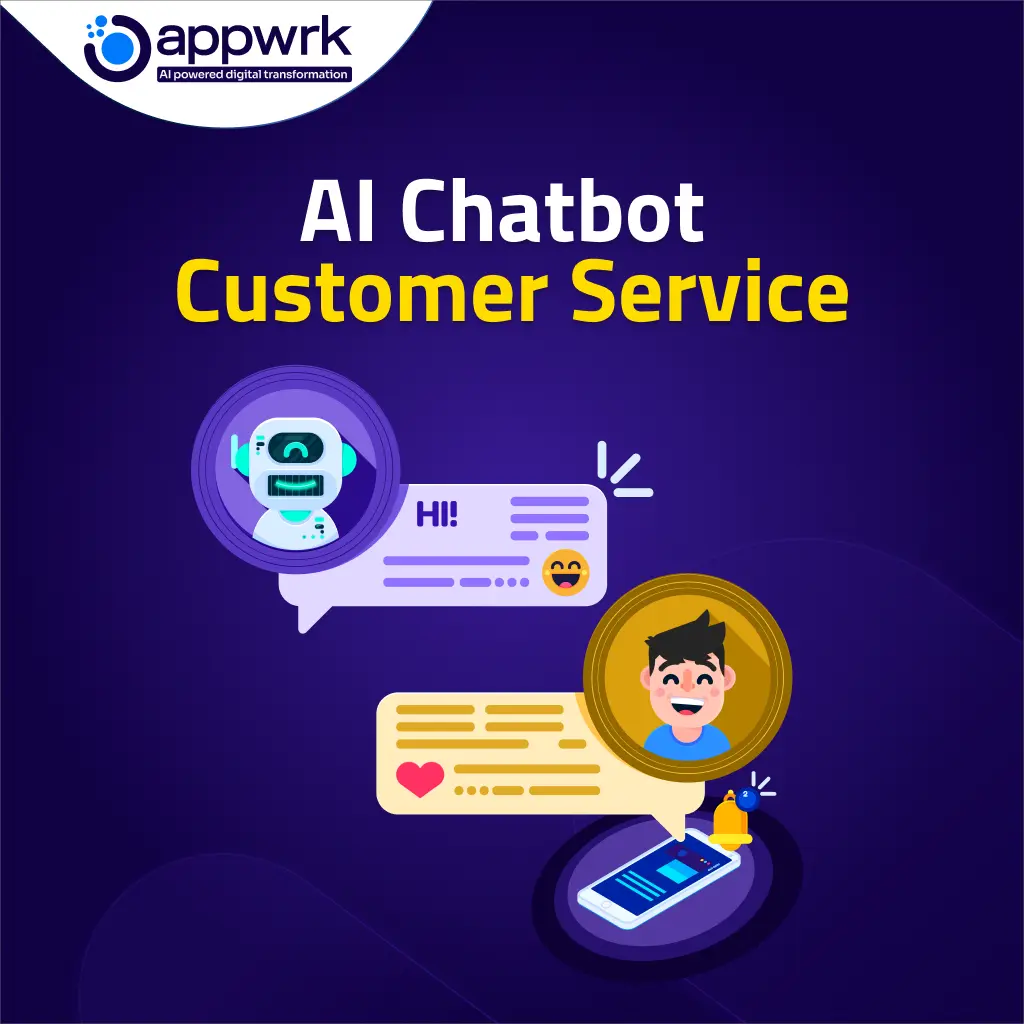Top Features of Openai Swarm
In a world where AI powers nearly everything we do, we often rely on different tools for different tasks. Each AI tool has its own specialty—like Cursor AI for coding or ChatGPT for content creation. But imagine if there was an AI that could combine the best of all these capabilities, creating a unified force that’s more powerful than the sum of its parts. An AI that doesn’t just tackle individual tasks but blends the strengths of multiple AI systems to work together as one intelligent team. Sounds like a game-changer, right? Well, that’s exactly what Openai Swarm is all about! 🤯
Openai Swarm is an innovative framework introduced by Openai to empower developers in orchestrating multi-agent systems. This open-source tool, hosted on GitHub, offers scalable solutions for managing complex interactions between AI agents. Think of it as a dynamic team of AI minds working together like a well-coordinated swarm of bees, where each agent has a unique role but remains interconnected. They share knowledge, adapt to new information, and solve problems in real time, harnessing collective intelligence to tackle challenges with agility and precision. ✅
Let’s get into the nitty gritty about the distinctive features of Openai Swarm and how it empowers developers to solve real-world challenges.
Table of contents
- What is Openai Swarm?
- How Does Openai Swarm Work?
- Features of Openai Swarm
- 1. Distributed Intelligence: The Collective Power of AI Agents
- 2. Adaptive Learning: Continuous Evolution Through Interaction
- 3. Scalability: Seamless Expansion for Diverse Applications
- 4. Communication Protocols: The Backbone of AI Collaboration
- 5. Problem Solving with Specialized Agents
- 6. Self-Organization: Autonomous Coordination Without Central Control
- 7. Human-AI Collaboration: Amplifying Human Potential
- 8. Security and Privacy: Safeguarding Your Data
- Current Status and Recent Developments
- Applications and Use Cases
- Conclusion
What is Openai Swarm?
Openai Swarm is a multi-agent orchestration framework that enables developers to create, coordinate, and manage a collection of AI agents working together toward a common goal. The framework is all about making agent coordination lightweight, customizable, and straightforward to test. It’s hosted on GitHub, where anyone can explore its features, experiment with its capabilities, and contribute to its development. 🚀
Openai Swarm introduces two key concepts: agents and handoffs. An agent is a unit that performs a specific task or function, while handoffs allow one agent to seamlessly pass a task to another based on the current needs or context. This design allows developers to build complex AI systems that can adapt to dynamic environments, all while maintaining simple, logical structures.
How Does Openai Swarm Work?
Openai Swarm shines when it comes to managing AI agents that need to work together to complete intricate workflows. Imagine a scenario where you have one agent gathering data, another processing it, and a third responding to user queries. Swarm’s framework ensures that each agent does its part efficiently. These agents operate independently but can communicate and share context, making decisions based on the environment before passing the task to the next agent in line. 🤝
This ability to handle real-time coordination makes Openai Swarm ideal for applications like customer support, data analysis, interactive assistants, and other systems that require a seamless blend of AI tasks. Whether you’re building AI-driven chatbots or complex decision-making systems, Openai Swarm brings flexibility and precision to the table, transforming how AI agents collaborate and get things done.
Features of Openai Swarm
1. Distributed Intelligence: The Collective Power of AI Agents
At the heart of Openai Swarm is the concept of distributed intelligence. Openai Swarm functions much like a bustling hive where multiple AI agents work together, each one sharing insights and knowledge with its peers. But it doesn’t stop there!
These agents engage in collaborative learning, absorbing lessons not only from their own experiences but also from the triumphs and setbacks of their fellow agents. When confronted with a complex problem, the swarm springs into action, dividing the task among its agents and harnessing their collective intelligence to find solutions faster and more efficiently. This dynamic interplay of autonomy and collaboration makes Openai Swarm a powerful tool for tackling challenges in innovative ways. 💪
2. Adaptive Learning: Continuous Evolution Through Interaction
One of the most exciting features of Openai Swarm is its incredible ability to learn and evolve continuously. Instead of just being idle and waiting for updates Openai Swarm thrives on adaptability, learning in real-time through dynamic interactions with their environment and each other. 💻
These agents seamlessly integrate new data and instantly adjust their strategies to stay effective in unpredictable scenarios. But it gets even better! When one agent stumbles upon a clever strategy or a valuable insight, it shares this knowledge with the entire swarm. This creates a powerful ripple effect, supercharging the learning process for all agents involved.

3. Scalability: Seamless Expansion for Diverse Applications
Scalability is a critical factor for any AI solution, and Openai Swarm excels in this domain, making it a valuable asset for developers. Whether you’re working with small datasets or handling large-scale operations, Swarm’s architecture is engineered for effortless scaling. 📈
Developers can take advantage of the features of Openai Swarm and easily add or remove agents to match task requirements without disrupting ongoing processes. This flexibility means that developers can adapt their AI systems on the fly, enhancing efficiency and responsiveness. Additionally, Swarm optimizes resource allocation, ensuring that each agent operates at peak performance without straining the system. This efficient resource management allows developers to maximize computational power while minimizing costs. 💸
Also Read: Top Features of OpenAI o1-preview
4. Communication Protocols: The Backbone of AI Collaboration
Communication is one of the important features of Openai Swarm that has made it a success. This innovative framework allows for seamless interaction between AI agents, transforming it into an indispensable tool for developers. This rapid exchange minimizes latency and empowers agents to make real-time decisions, ensuring they stay one step ahead. 🗣️
Swarm is designed with fault-tolerant protocols, meaning that even if one or more agents hit a snag, the remaining agents keep the wheels turning, guaranteeing reliability and resilience. With real-time coordination, agents can respond instantly to changes or threats in their environment, adapting with remarkable agility. For developers, these dynamic communication features create a foundation for building efficient, robust, and adaptable systems that can effortlessly tackle the complexities of real-world scenarios, paving the way for innovative and effective AI solutions!
5. Problem Solving with Specialized Agents
One of the key features of Openai Swarm is its approach to problem-solving using specialized agents. Each agent in the swarm can be designed with unique capabilities, allowing it to focus on specific aspects of a problem. 🔎
Agents can be assigned distinct roles based on their expertise, whether it’s data analysis, decision-making, prediction, or execution, creating a dynamic team ready to address challenges efficiently. By breaking down complex problems into smaller, manageable tasks and assigning them to the most suitable agents, Swarm ensures maximum efficiency and precision in its operations. This specialization not only enhances performance but also significantly reduces the time it takes to achieve optimal solutions.
6. Self-Organization: Autonomous Coordination Without Central Control
Openai Swarm thrives on the principle of self-organization, eliminating the need for a central controller. Just like a swarm of bees, these AI agents autonomously organize themselves based on the task at hand. 🗒️
The inherent flexibility of self-organization allows agents to reconfigure themselves to adapt seamlessly to new objectives or shifting environments, all without needing external guidance. This adaptability not only enhances responsiveness but also simplifies the system by eliminating the reliance on a central controller, thereby reducing complexity and minimizing the potential for bottlenecks. Furthermore, self-organization fosters enhanced reliability, creating a more resilient system where the failure of individual agents has minimal impact on overall performance.
Also Read: Coding With OpenAI o1
7. Human-AI Collaboration: Amplifying Human Potential
While Openai Swarm is designed for autonomous operation, it also excels at working alongside humans. Swarm takes productivity to the next level by automating routine tasks, significantly reducing human workload and freeing up time for more strategic endeavors. 🤖
What’s more, the system is designed for intuitive interaction, allowing teams to communicate effortlessly with AI agents as if they were additional team members. This seamless integration fosters a collaborative environment where human expertise and AI efficiency work hand in hand, leading to smarter decisions and enhanced overall performance!
8. Security and Privacy: Safeguarding Your Data
In an era where data breaches are a growing concern, Openai Swarm prioritizes security and privacy. The architecture is built with strong security measures to protect sensitive data from unauthorized access or malicious attacks. 🚫
The architecture is fortified with robust security measures, starting with data encryption that protects all exchanges between AI agents, effectively preventing interception by unauthorized entities. Additionally, stringent access controls are in place, ensuring that only authorized users and agents can access specific information or perform critical functions. The features of Openai Swarm also emphasize anonymity and privacy, operating with minimal data exposure to safeguard user identities and confidential information.
Current Status and Recent Developments
Openai holds a significant number of users when compared to other AI models. According to a study, Openai’s user base is more than 180.5 million and is constantly increasing. And it has continued to scale its presence by continuously increasing its innovations. Here is a comparison on how Openai has stood at the forefront:

One among the excelling innovations of Openai is Openai Swarm. At this stage, Openai Swarm is in an exciting experimental phase, offering a unique opportunity for exploration rather than production deployment. Designed primarily for educational purposes, it invites developers and researchers to dive into the fascinating world of multi-agent systems while focusing on ergonomic interfaces.
However, it’s essential to note that Swarm is not officially supported right now; this means that while you can freely experiment and innovate, pull requests (PRs) and reported issues won’t undergo formal review. This setting creates a vibrant playground for creativity and discovery, allowing users to push the boundaries of what multi-agent systems can achieve!
Applications and Use Cases
Apart from being used by developers, Openai Swarm has vast potential to transform various sectors by introducing AI-driven solutions that improve efficiency, streamline operations, and drive innovation. Its ability to use multiple AI agents working together makes it adaptable to a wide range of applications. Let’s take a closer look at some of its most impactful use cases.
1. Customer Service
In today’s fast-paced digital world, customer service plays a crucial role in shaping a company’s reputation and customer loyalty. Openai Swarm offers a transformative approach to customer service by using multiple AI agents to deliver superior support experiences. ☎️
24/7 Availability: Openai Swarm can ensure round-the-clock customer service support, handling inquiries and resolving issues without downtime. This constant availability helps businesses manage global customer bases and diverse time zones efficiently.
Personalized Interactions: With its adaptive learning capabilities, Swarm learns from every customer interaction. It gathers insights about customer preferences, behaviors, and frequently asked questions, enabling it to provide personalized responses that feel more human and context-aware.
Multi-Agent Collaboration: Multiple agents in the Swarm can work together to handle complex customer requests. For example, one agent might focus on analyzing the customer’s issue while another suggests a solution, reducing the time taken to resolve the query and increasing customer satisfaction.
Efficient Issue Resolution: Openai Swarm’s collaborative nature means that it can route more complex issues to the right agent or escalate them to human representatives when necessary. This ensures that customers get the quickest and most effective resolution to their problems.
Also Read: What Is An AI Chatbot? A Future Guide to AI Automation
2. Data Analysis
Data analysis is at the heart of decision-making processes for many organizations. Openai Swarm’s multi-agent system is designed to handle the complexities of data analysis, making it faster, more accurate, and insightful. 🔎
Real-Time Data Processing: Openai Swarm’s AI agents can analyze data in real-time, allowing businesses to make quick, data-driven decisions. This capability is especially valuable for industries that rely on real-time information, such as finance, logistics, and healthcare.
Predictive Analytics: Swarm uses advanced machine learning techniques to identify trends, patterns, and correlations within data sets. It can predict future outcomes or trends, which helps businesses to be proactive rather than reactive in their strategic planning.
Automated Data Cleaning: One of the most time-consuming aspects of data analysis is data cleaning—preparing raw data for analysis by removing errors, inconsistencies, and duplicates. Openai Swarm automates this process, ensuring that the data being analyzed is accurate and reliable.
Cross-Agent Verification: The collaborative nature of Swarm allows multiple AI agents to cross-verify data findings, which reduces the likelihood of errors and increases the accuracy of the analysis. This collective approach means that decision-makers can trust the insights provided by the system.
3. Content Creation
Creating engaging and relevant content is vital for businesses looking to connect with their audience. Openai Swarm enhances the content creation process by automating various aspects and introducing AI-driven creativity. 📝
Automated Writing: With the ability to generate high-quality written content, Swarm can produce articles, blog posts, and even social media updates at scale. It understands the tone, style, and context required for different types of content, ensuring that the output resonates with the target audience.
Creative Collaboration: Different AI agents in the swarm can specialize in various components of content creation, such as writing, editing, designing, and SEO optimization. By working together, these agents can create cohesive and compelling content that aligns with the brand’s voice and goals.
Visual Content Generation: Beyond text, Openai Swarm can assist in creating visual content like infographics, social media graphics, and videos. The AI agents can analyze current design trends and audience preferences to produce visuals that enhance engagement.
SEO Optimization: For content to be effective, it needs to be discoverable. Swarm’s AI agents analyze search engine trends, identify relevant keywords, and optimize content for SEO, ensuring that it ranks higher in search results and reaches a broader audience.
Conclusion
Openai Swarm represents a transformative leap in the realm of artificial intelligence, combining the power of collaborative agents to tackle complex challenges with remarkable agility and precision. Its innovative architecture promotes self-organization, adaptability, and enhanced communication, making it a powerful tool for developers looking to create robust AI solutions. While currently in its experimental phase, the potential applications of Swarm are vast, offering exciting opportunities for exploration and learning.

Are you in search of a specialized team to elevate your digital presence with AI? Look no further than APPWRK IT Solutions, a leading app development and AI-driven digital transformation company. We excel in delivering high-performance solutions by seamlessly integrating AI with the latest technological advancements. Contact us today and unlock your growth potential by harnessing AI effectively!
About The Author






 Free Quote
Free Quote
















































